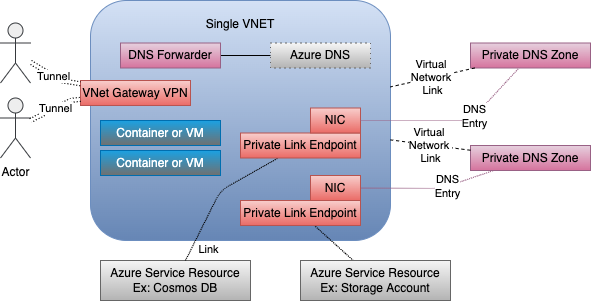There was a time before Amazon and AWS were Enterprise Ready
It is hard for many to remember when Amazon and AWS weren't really enterprise-ready. AWS wasn't really AWS in the beginning. It was really a scalable data center. The company restricted its employees to locations where the Amazon store collected sales tax which really ended in 2016. Amazon pivoted to PaaS with the introduction of S3 and EC2 in 2012 . This is when AWS started moving from being a data center to the internet's operating system Amazon Called and I had no idea what they were thinking An Amazon cloud engineer called me in the early 2010s wanting to know if I was interested in a Field Engineering position with AWS. I had worked for a few vendors by this point and was pretty interested. There were only two field/cloud/customer engineers covering the entire USA , and possibly the planet. I don't remember if they had anything outside the USA. Both engineers worked in Seattle. We discussed how they worked at that time. I couldn't see how it would
